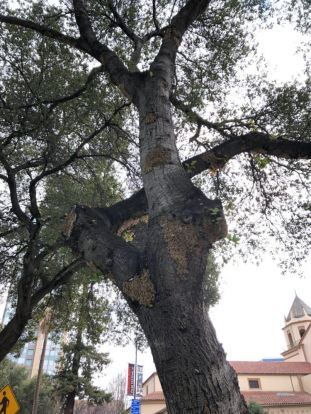Arbor-wellness: Tussock Moth
What is a tussock moth and why are they so damaging?
There are many types of tussock moths that all have distinctive clumps of bristles on their backs of the caterpillar larvae. The adults are usually a smaller dull brown or white moth. The damage is done by the caterpillar – which are voracious eaters of foliage with the capability of defoliating entire groups of trees. On the west coast the most important species are the Western Tussock moth, the Douglas-fir Tussock moth and the Pine Tussock moth.
Why are they so numerous?
Most caterpillar species like the tussock moth go through population swings, building up a population level for several years, then seemingly disappearing for several years before returning in large numbers again. The presence of predators of these pests plays a large role in those population swings. For the Tussock moth, the overwintering cocoon in the trunks of trees can help indicate the potential of a population outbreak.
Are there safe methods of keeping their population low?
At Arborwell, we strive to find the safest, most effective solutions to pest problems. For the Tussock moth and other caterpillars, we use a commercial version of a biological suppression product that is effective on caterpillars. This fits most LEED and organic type programs. Timing is very important to be effective so often we recommend two or more treatments in a given year. Preventative treatments are available that work inside the tree – eliminating the need to spray the canopy of the tree.
If you are concerned about Tussock moth or other caterpillar problems in your trees, contact your Arborwell arborist to help you create the most effective management plan for caterpillar damage on your trees.
